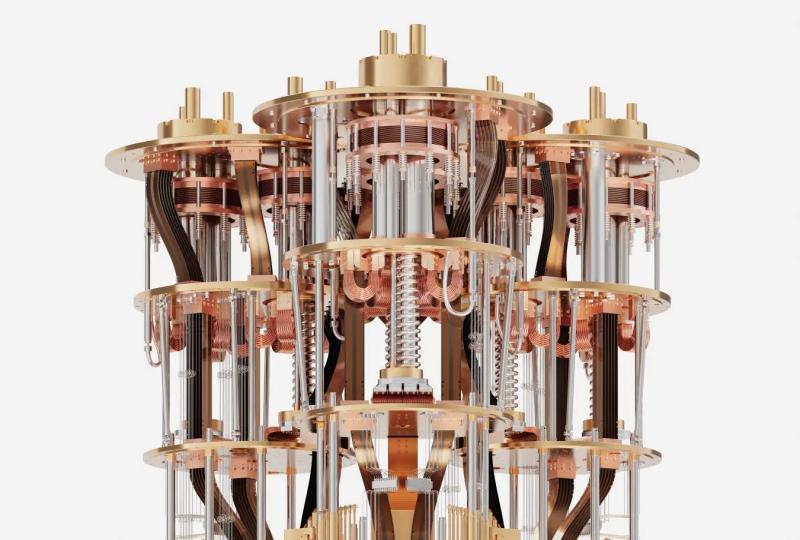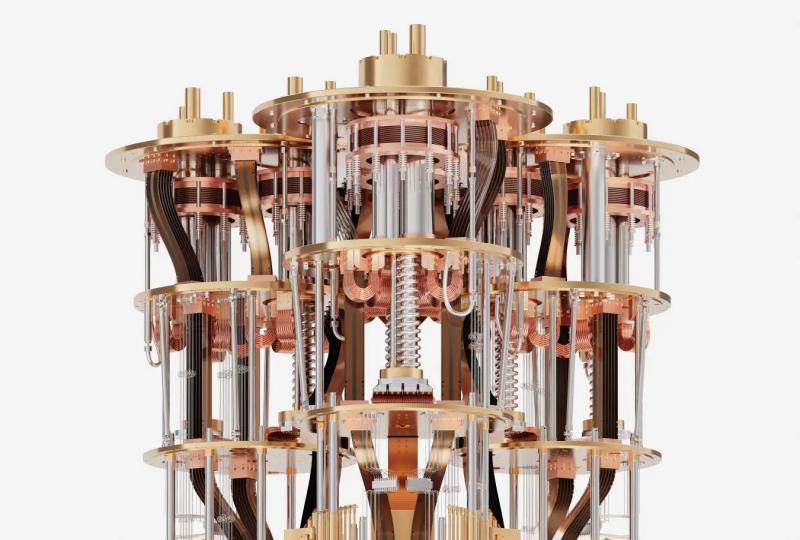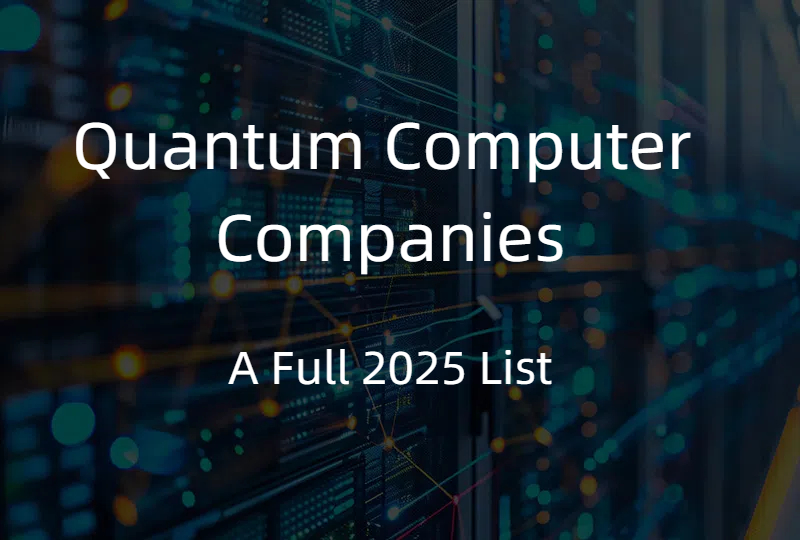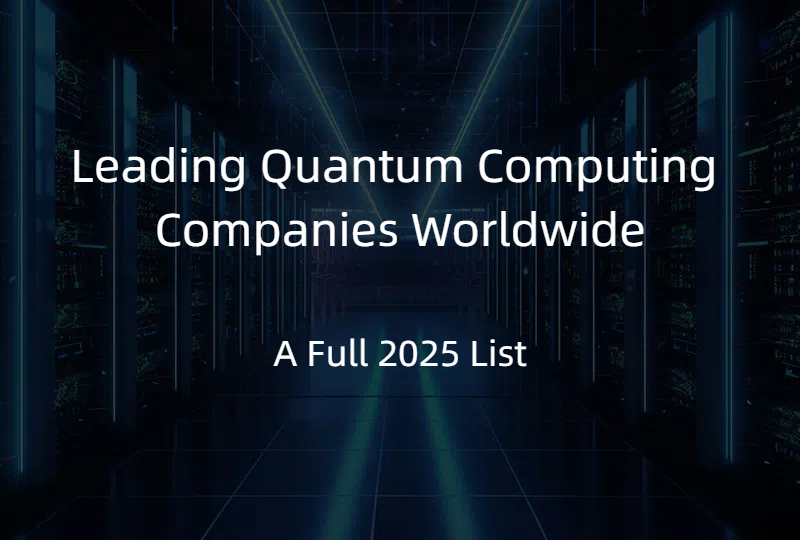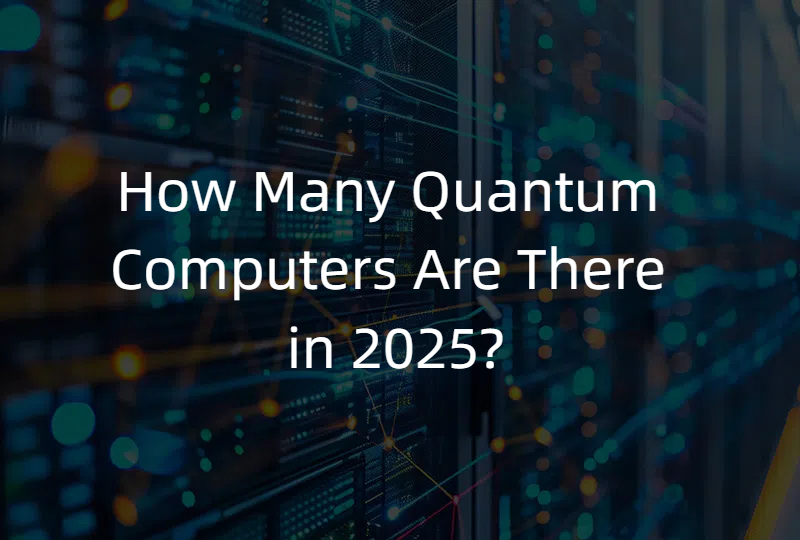Quantum Machine Learning – The Future of AI and Quantum Computing
2025.08.18 · Blog Quantum Machine Learning
Introduction: What Is Quantum Machine Learning?
Quantum Machine Learning (QML) is an emerging discipline that combines quantum computing with machine learning (ML) to create algorithms capable of processing and analyzing data in fundamentally new ways. While classical ML algorithms run on conventional hardware, QML leverages qubits, which can exist in superposition and become entangled, to perform certain computations more efficiently than is possible with classical computers.
From optimizing financial portfolios to accelerating drug discovery, QML has the potential to revolutionize industries that rely on data-intensive problem solving. This article explains how QML works, its benefits, challenges, applications, and how companies like SpinQ Technology are making it more accessible.
-
Why Quantum Machine Learning Matters
Machine learning is already a cornerstone of modern technology—powering recommendation engines, natural language processing, medical diagnosis, and more. However, as datasets grow in size and complexity, classical systems encounter bottlenecks:
-
Training large models can take days or weeks.
-
Optimization problems become computationally intractable.
-
High-dimensional datasets (e.g., molecular structures, climate simulations) require enormous processing power.
Quantum computing offers potential solutions to these challenges:
-
Superposition allows quantum systems to process multiple possibilities at once.
-
Entanglement enables correlated data processing across qubits.
-
Quantum parallelism can reduce the number of steps needed for certain algorithms.
-
How Quantum Machine Learning Works
2.1 Data Encoding
To use quantum computers for ML, classical data must be transformed into quantum states:
-
Amplitude encoding – embeds normalized data into the amplitudes of a quantum state.
-
Basis encoding – represents data points using binary strings mapped to qubits.
-
Angle encoding – encodes values as rotation angles in quantum gates.
2.2 Hybrid Quantum-Classical Models
Most current QML systems are hybrid due to hardware limitations. Quantum processors handle the parts of computation that benefit from quantum effects, while classical processors manage optimization and data storage.
2.3 Quantum ML Algorithms
-
Quantum Support Vector Machines (QSVM) – use quantum kernels for classification tasks.
-
Quantum Principal Component Analysis (QPCA) – finds dominant features in data faster.
-
Variational Quantum Classifiers (VQC) – trainable hybrid circuits for supervised learning.
-
Quantum Boltzmann Machines (QBM) – quantum versions of probabilistic graphical models.
-
Applications of Quantum Machine Learning
3.1 Drug Discovery & Genomics
Quantum algorithms can model molecular interactions with greater precision, speeding up the search for new drugs.
3.2 Financial Services
Portfolio optimization, risk assessment, and fraud detection could all benefit from QML’s ability to process high-dimensional data.
3.3 Cybersecurity
Quantum-enhanced anomaly detection could identify malicious activities in networks more quickly.
3.4 Climate & Environmental Modeling
QML could handle the vast datasets needed for accurate climate forecasting.
3.5 Natural Language Processing
Quantum systems could potentially improve semantic analysis, translation, and contextual understanding.
-
Challenges in Quantum Machine Learning
While QML holds great promise, it faces significant hurdles:
-
Hardware constraints – Limited qubit counts and imperfect gate fidelity restrict real-world problem sizes.
-
Noise and decoherence – Quantum states are fragile and error-prone.
-
Data loading bottlenecks – Efficiently encoding large datasets remains difficult.
-
Algorithm maturity – Many quantum ML techniques are still in the experimental stage.
-
SpinQ Technology’s Role in Quantum Machine Learning
SpinQ Technology is lowering the barrier to entry for QML through a portfolio of hardware, cloud services, and development tools designed for both education and research.
5.1 SpinQ Cloud
-
Access to real quantum hardware (2–8 qubits) and simulators (up to 24 qubits).
-
Graphical circuit design tools, OpenQASM support, and Python integration.
-
Ideal for running small-scale QML experiments such as variational classifiers and quantum kernel methods.
5.2 SpinQit Programming Framework
-
Python-based SDK for building quantum applications.
-
Supports hybrid quantum–classical workflows with libraries like TensorFlow.
-
Includes noise simulation for realistic testing of QML models.
5.3 Educational Hardware
-
Systems like Gemini Lab and Triangulum provide hands-on training for QML fundamentals.
-
Portable and classroom-friendly, enabling students to work with real quantum devices.
-
Example Workflow: A Simple QML Classification Task
Goal: Classify images from a reduced MNIST dataset using a hybrid quantum-classical model.
-
Preprocessing
-
Reduce each image to a small set of features compatible with NISQ hardware.
-
-
Data Encoding
-
Use angle encoding to map features into quantum states.
-
-
Quantum Circuit Execution
-
Apply a variational quantum circuit to transform features into a new space.
-
-
Classical Optimization
-
Optimize circuit parameters to minimize classification error.
-
-
Evaluation
-
Compare accuracy with a purely classical baseline.
-
This approach highlights how even small-scale quantum devices can play a role in ML tasks when combined with classical computing.
-
Benefits of Quantum Machine Learning
-
Speedups for specific problems – Especially in optimization and pattern recognition.
-
Access to higher-dimensional feature spaces – Potentially improving accuracy with fewer features.
-
New algorithmic possibilities – QML enables approaches impossible on classical systems.
-
Future-ready skill development – Preparing researchers and students for the quantum era.
-
Future Outlook
QML is evolving alongside quantum hardware advancements:
-
Scalable qubit systems will allow for deeper circuits and larger datasets.
-
Better error correction will reduce noise and improve reliability.
-
Cloud-based access will democratize experimentation.
-
Integration with AI could lead to quantum-accelerated deep learning.
Conclusion
Quantum Machine Learning represents the intersection of two transformative technologies—quantum computing and AI. While still in its early stages, QML is already showing potential in fields from healthcare to finance.
SpinQ Technology is making QML accessible today through affordable educational hardware, cloud-based quantum platforms, and an easy-to-use programming framework. Whether you’re an educator, researcher, or innovator, now is the time to explore QML and prepare for the next wave of computational breakthroughs.
Featured Content


